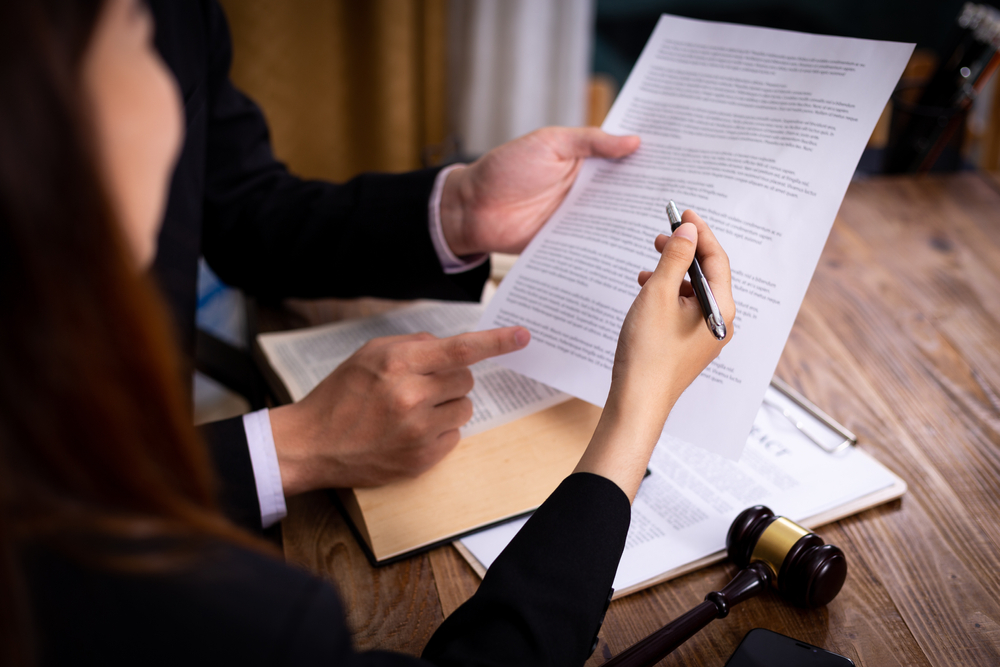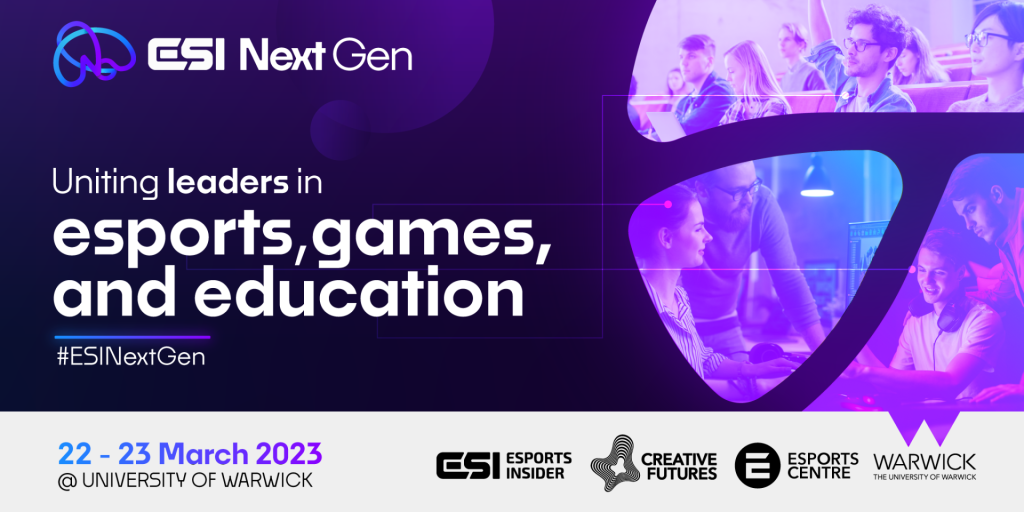Carly Duckett, a Solicitor for commercial law firm Shepherd and Wedderburn LLP, writes for Esports Insider to discuss building and protecting esports brands. Moreover, Duckett provides steps those brands should take to reduce the risk of legal issues arising in the future.

A huge part of esports’ success is the effective branding that surrounds the games that are produced and played worldwide. In fact, market forecasts estimated that the esports industry was worth over $2bn in 2022.
This article aims to showcase the benefits of protecting esports brands — including esports organisations — through the use of copyright and trade mark protection, whilst highlighting the pitfalls to be aware of when developing a brand protection strategy.
Trademarks
In the UK, brands can apply for trademarks via the Intellectual Property Office. Trademarks can cover sounds, words, colours and logos, so an esports brand would typically want trademarks to cover its name, any unique phrases it has created and any logos used.
Once the trademarks are in place, the brand owns the rights to those marks and can take action against anyone who tries to infringe these IP rights. There are three ways to succeed in an action for trade mark infringement in the UK:
- Where another party is using a sign in the course of trade that is identical to the trademarked sign, in relation to identical goods or services.
- Where another party is using a sign that is identical or similar to a sign, for identical or similar goods or services, which is likely to cause confusion or association with the trade mark.
- Where another party is using a sign that is identical with or similar to a trade mark in relation to similar or identical goods or services, where the trade mark has a reputation in the UK and the use of the sign takes unfair advantage of the distinctive character or the repute of the trade mark (i.e. an organisation has built a successful brand with a recognisable trademarked logo and another company is using a similar logo to take advantage of this reputation).
For game developers, it is worth noting that characters can also be protected by trademarks, however, they must be used consistently in a game to remain protected as third parties can challenge the validity of trademarks if they are not used. Alternatively, characters can be protected using registered EU Community designs.
Copyright

Copyright offers brands a way to protect intellectual property rights without having to make an application to the Intellectual Property Office in the UK, or any other body, for that protection.
It is also a form of protection with longevity: for esports teams and companies, it is unlikely that copyrights will have expired in digital images, code or sound, because copyright persists for the life of the author plus 70 years. That period is the same for all countries in the EU.
In the gaming sector, copyright will automatically protect the original code that underlies the game. This includes original artwork, images, music and sounds that are used in the game, as well as the gameplay in motion. Still, the copyright in each of those component parts could be owned by different people (for example, the software developer could own the code, the game designer could own the rights to the artwork and images and the sound engineer could own the rights to the music).
The creator, though, doesn’t always own the copyright because they can assign their rights to third parties, like their employer. That assignation often forms part of a person’s employment contract, but if someone is under a contract for services, they will usually retain the copyright in anything they produce unless there’s a contractual agreement that says otherwise.
It’s worth bearing in mind that copyright protects the expression of an idea, rather than the idea itself. So, if somebody has discussed a concept for a brand with another person and they then create it before you, they will own the copyright in the images, sound and code (assuming it was created by themselves).
Disputes
Last year’s dispute between two esports industry goliaths, Riot Games and Moonton, is a good example of a brand seeking to rely on its intellectual property rights to protect its brand. To summarise, in 2022 Riot Games raised an action against Moonton in Californian courts because it alleged that Moonton was infringing its copyright.
The multi-faceted dispute has been ongoing for years, but at the crux of it are allegations by Riot Games that Moonton’s Mobile Legends: Bang Bang has copied parts of Riot’s property — primarily League of Legends and its mobile variant Wild Rift — in a “deliberate and sustained campaign to free ride on Riot’s highly valuable rights” to promote its game.

The Californian court dismissed the action because Riot’s parent company, Tencent, is based in China, as is Moonton, so the Californian courts considered that the dispute should be relocated there. This jurisdictional issue has been a stumbling block for Riot while it seeks to enforce its rights, which highlights the need for esports brands to consider in what country a claim should be raised.
As esports are produced by global companies and are played worldwide, jurisdiction is another legal issue that brands should seek guidance on when devising a dispute resolution strategy.
What can you do to protect an esports brand?
The team at Shepherd and Wedderburn recommend:
- Conducting thorough market research from the outset of team or game development;
- Seeking legal advice on brand protection at an early stage to make sure that informed investments in the brand are made and that the organisation owns its intellectual property;
- Considering in what countries the brands need to be protected;
- Investing in brand protection to ensure the company/team is in a strong position if a competitor starts to build a brand that ‘piggy-backs’ on its success; and
- Monitoring the market consistently so that any potential infringements are identified. This will enable the esports brand to seek legal advice and take steps to protect the company at an early stage if there are concerns about potential infringement.
Following these recommended steps should ensure that investments made are well-informed, brands are protected and mechanisms are put in place that will empower the brand to defend against any third parties trying to take advantage of the reputation that brand has built.
It will also reduce the risk of investing in product development, marketing and advertising, to later discover that it is potentially infringing a competitor’s rights, which could be damaging to the brand and expensive to remedy.
If you need advice on brand protection or intellectual property disputes, our team at Shepherd and Wedderburn have a wealth of relevant experience and would be delighted to help.
Written in collaboration with Shepherd and Wedderburn.


